Fiber is a powerhouse nutrient that supports gut health, weight loss, and overall well-being. Yet, most people don’t get enough. The recommended daily intake is 25g for women and 38g for men, but the average person consumes far less.
In this guide, we’ll show you how to reach 25g of fiber daily, the benefits of fiber, and easy meal ideas to help you hit your goal!
Why Fiber Matters for Gut Health & Weight Loss
1. Supports a Healthy Gut
Fiber acts as fuel for beneficial gut bacteria, improving digestion and reducing bloating. It helps prevent constipation and supports regular bowel movements.
2. Aids in Weight Loss
Fiber keeps you fuller for longer, reducing cravings and helping with portion control. High-fiber foods also slow digestion, leading to more stable blood sugar levels.
3. Lowers Cholesterol & Blood Sugar
Soluble fiber binds to cholesterol, helping to remove it from the body. It also slows glucose absorption, preventing blood sugar spikes.
4. Reduces Inflammation
A fiber-rich diet has been linked to lower levels of inflammation, reducing the risk of chronic diseases like heart disease and diabetes.
How to Reach 25g of Fiber a Day
Here’s a simple approach to gradually increase fiber without bloating or discomfort:
1. Start Your Day with Fiber
- Oatmeal (1 cup cooked) – 4g fiber
- Chia seeds (1 tbsp) – 5g fiber
- Basil seeds (1 tbsp) – 7g fiber
- Berries (1/2 cup) – 4g fiber
- Whole wheat toast (1 slice) – 3g fiber
Total Fiber: ~23g before lunch!
2. Load Up on Vegetables
- Broccoli (1 cup cooked) – 5g fiber
- Carrots (1 medium) – 2g fiber
- Spinach (1 cup cooked) – 4g fiber
- Artichokes (1 medium) – 7g fiber
- Brussels sprouts (1 cup cooked) – 6g fiber
Add these to lunch or dinner for a fiber boost.
3. Choose Whole Grains Over Refined Carbs
Swap white rice for quinoa (1 cup = 5g fiber) or brown rice (1 cup = 3.5g fiber). Other fiber-rich grains include:
- Barley (1 cup cooked) – 6g fiber
- Buckwheat (1 cup cooked) – 5g fiber
4. Include Legumes Daily
- Lentils (1/2 cup cooked) – 8g fiber
- Chickpeas (1/2 cup cooked) – 6g fiber
- Black beans (1/2 cup cooked) – 7.5g fiber
- Green peas (1 cup cooked) – 9g fiber
- Edamame (1/2 cup cooked) – 5g fiber
5. Snack Smart
- Almonds (1 oz) – 3.5g fiber
- Walnuts (1 oz) – 2g fiber
- Pumpkin seeds (1 oz) – 1.7g fiber
- Flaxseeds (1 tbsp) – 3g fiber
- Popcorn (3 cups air-popped) – 3.5g fiber
- Apple with skin – 4g fiber
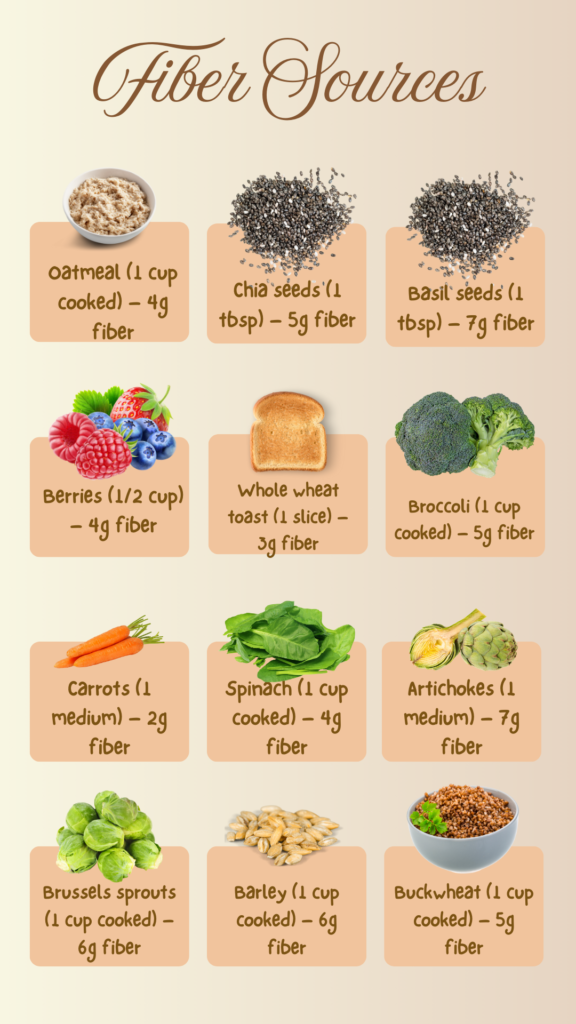
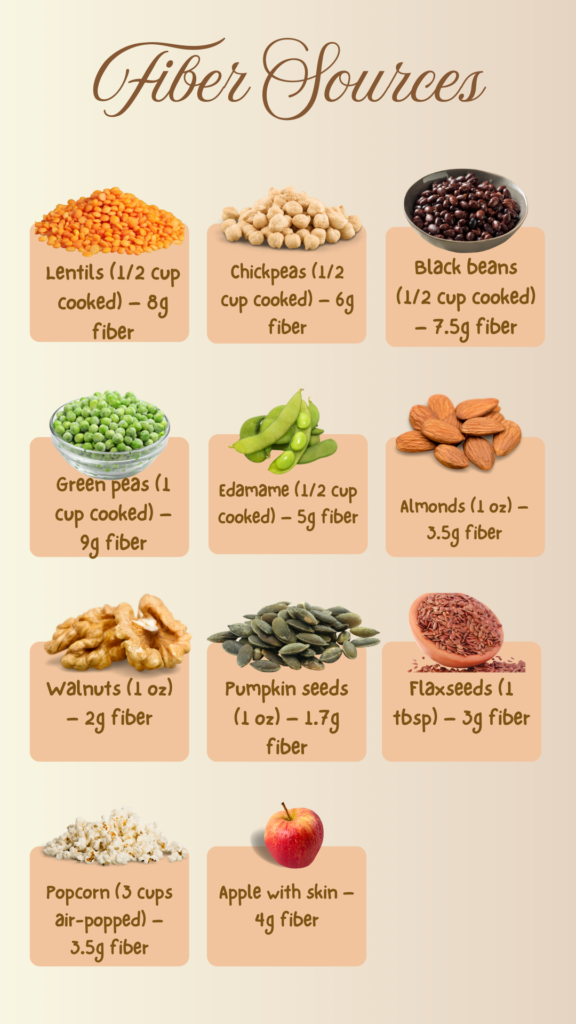
Sample High-Fiber Meal Plan (25g+ Fiber)
Breakfast
- Oatmeal with chia seeds, basil seeds, berries, and almonds (15g fiber)
Lunch
- Lentil soup with a side of whole wheat toast (10g fiber)
Dinner
- Grilled salmon with quinoa and roasted Brussels sprouts (9g fiber)
Snack
- Apple with peanut butter (5g fiber)
Total Fiber: 39.5g (Easily over 25g!)
Tips for Increasing Fiber Without Bloating
- Increase fiber gradually – Too much too fast can cause gas and bloating.
- Drink more water – Fiber absorbs water; stay hydrated to avoid constipation.
- Diversify your fiber sources – Mix soluble and insoluble fiber for better digestion.
- Read food labels – Aim for at least 5g of fiber per serving.
Conclusion
Adding fiber to your diet doesn’t have to be hard! With small changes like choosing whole grains, eating more vegetables, and snacking on fiber-rich foods, you can hit 25g of fiber daily for better gut health and weight loss.
Are you up for the 25g Fiber Challenge? Let me know how you plan to add more fiber to your meals!
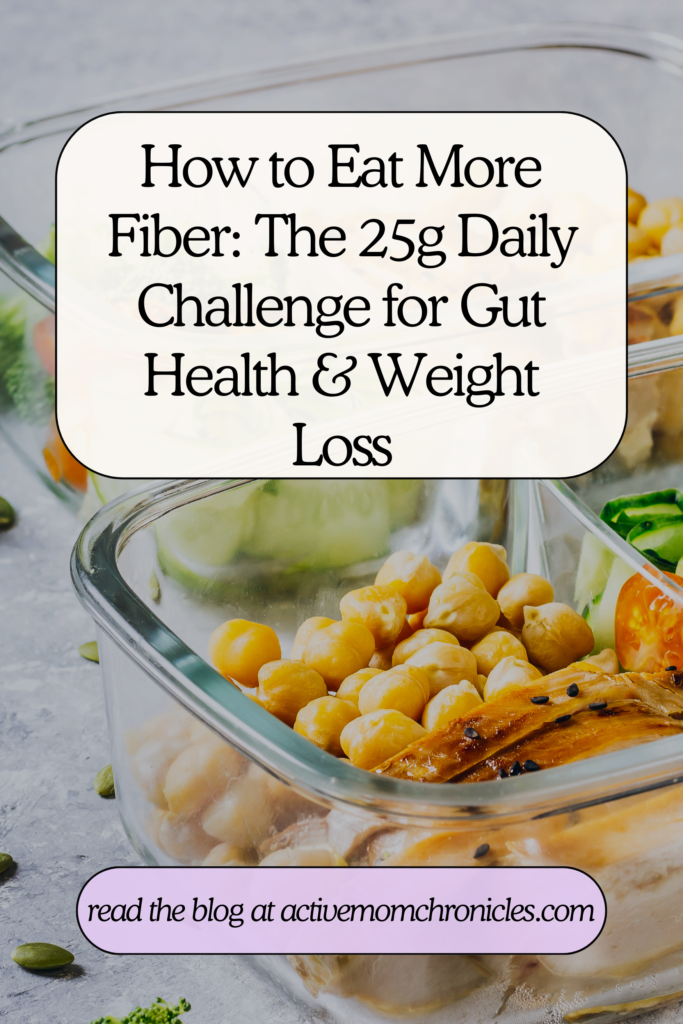
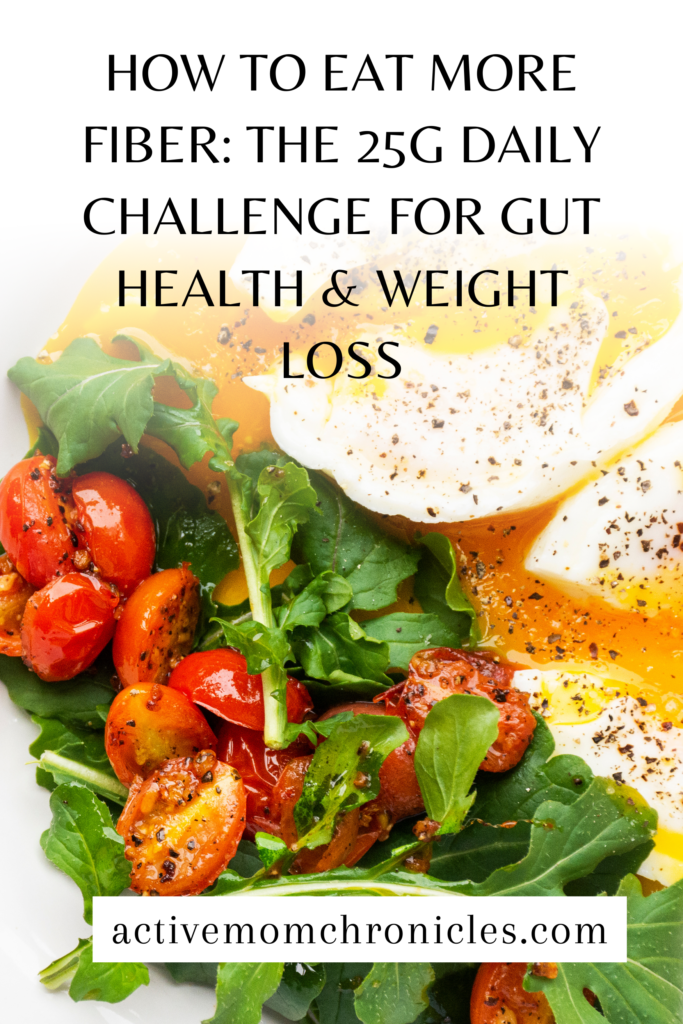
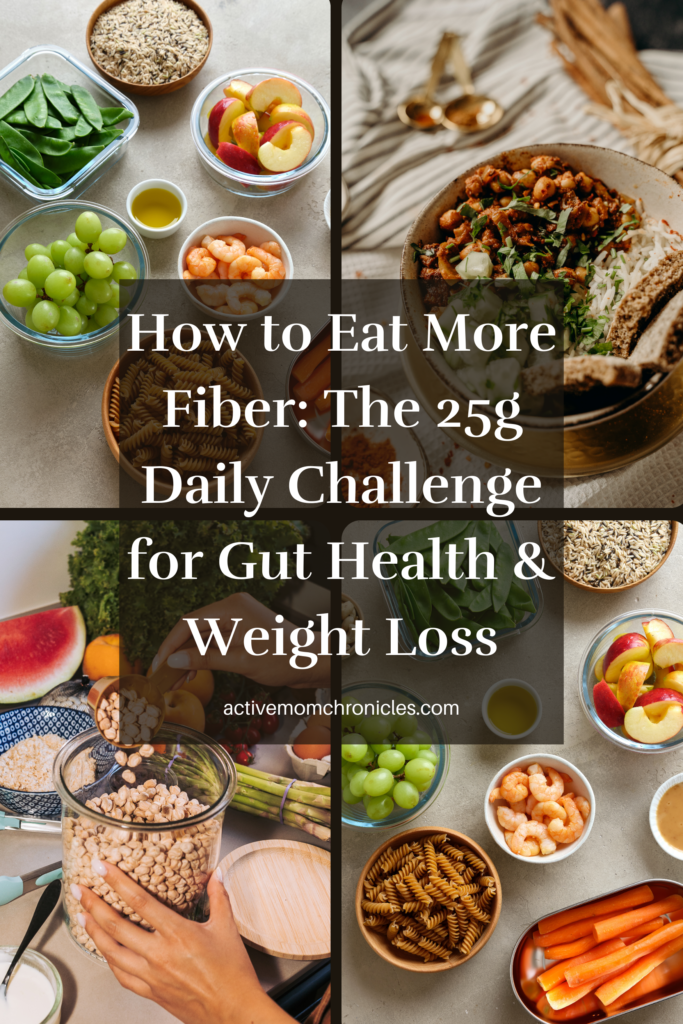




Leave a Reply